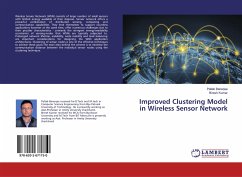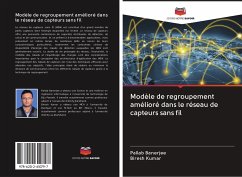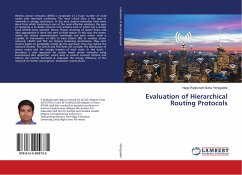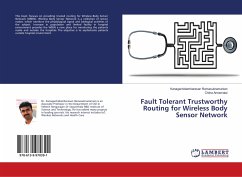
Improved Clustering Model in Wireless Sensor Network
Versandkostenfrei!
Versandfertig in 6-10 Tagen
27,99 €
inkl. MwSt.

PAYBACK Punkte
14 °P sammeln!
Wireless Sensor Network (WSN) consists of large number of small sensors with limited energy available at their disposal. Sensor network offers a powerful combination of distributed sensing, computing and communication capabilities. They lend themselves to support countless applications however at the same time, offer numerous challenges due to their peculiar characteristics - primarily the stringent energy-availability constraints of sensing-nodes that WSNs are typically subjected to. Prolonged network lifetime, scalability, node mobility and load balancing are important considerations for des...
Wireless Sensor Network (WSN) consists of large number of small sensors with limited energy available at their disposal. Sensor network offers a powerful combination of distributed sensing, computing and communication capabilities. They lend themselves to support countless applications however at the same time, offer numerous challenges due to their peculiar characteristics - primarily the stringent energy-availability constraints of sensing-nodes that WSNs are typically subjected to. Prolonged network lifetime, scalability, node mobility and load balancing are important considerations for designing the WSN application architectures. Clustering of sensor nodes is one of the effective techniques to achieve these goals.The main idea behind the scheme is to minimise the communication distance between the individual sensor nodes using the clustering technique.












